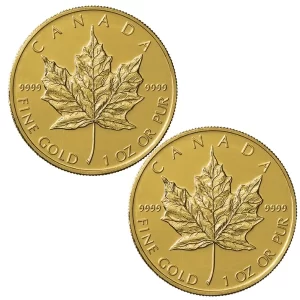A silver exchange-traded fund (ETF) mainly invests in hard silver assets, which are held in trust by the fund manager or custodian. The objective of silver ETFs is to closely follow the spot price of silver on the open market. Silver price fluctuations will affect these ETFs’ NAVs. An ETF for silver’s investment is managed by fund managers who buy silver and keep it safe.
Understand the basics
In order to complete the requisite medal production in time, the factory will require 1,000 ounces of silver in six months. Upon checking the silver price, he discovers that it is currently trading at $10 per ounce. Due to a lack of funds, issues with secure storage, or other factors, the manufacturer might not be able to buy the silver today. He is naturally concerned about the potential increase in silver prices during the following six months. He wants to fix the purchase price at about $10 in order to hedge against any potential price increases. To address some of his issues, the manufacturer can enter into a silver futures contract. The agreement is likely to end in six months, at which point the manufacturer would have the legal right to purchase silver for $10.1 per ounce. He can fix the future price by purchasing (taking the long position on) a futures contract. This is a typical instance of hedging: using silver futures contracts to provide price protection and so manage the risk.
How to trade Silver Futures?
Multiple exchanges across the world provide silver futures contracts with standardised criteria for trade. The Comex Exchange offers three variations of a basic silver futures contract for trade, each of which is categorised by the quantity of troy ounces of silver (1 troy ounce is 31.1 grams):-
- full (5,000 troy ounces of silver)
- E-mini (2,500 troy ounces)
- micro (1,000 troy ounces).
Silver Futures Settlement Procedure
The majority of traders, particularly short-term traders, rarely give delivery systems much thought. Prior to expiration, they settle their long/short positions in silver futures and gain from cash settlement. In accordance with their long or short futures contracts, those who retain their positions until expiration will either get or deliver (depending on whether they are the buyer or seller).
Exchange’s Function in Trading Silver Futures
Basically, a silver futures contract consists of two parties agreeing on a silver price for the future and pledging to complete the deal by the expiration of the agreement. Trading in futures is not typical, though.
Price Influences on Silver Futures
Examine projected and current mine production on the supply side, paying special attention to key silver-producing nations like Mexico, China, and Peru. One should keep a check on the industrial and investment demand for the demand side of silver.
In conclusion
Silver ETFs give you liquidity because you can always sell it on the stock exchange. When investing in real silver, it is impossible to take full advantage of price volatility, but such a setup enables investors to do just that. Therefore, it is advisable to trade Silver Futures rather than investing in physical silver articles.
 Hi,
Hi,






















